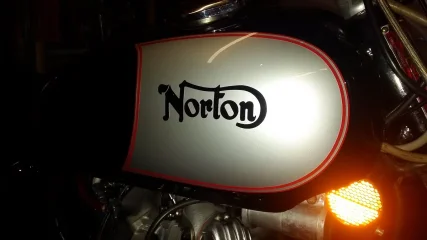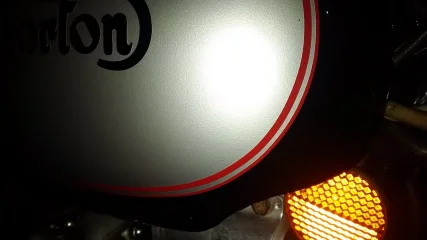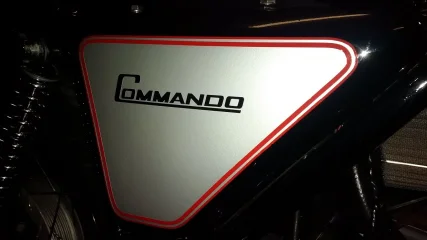I am a machine manufacturer and Norton owner since 35 years, a good combination.
To celebrate the 35 years I dust off my Norton bringing it back to shape.
Most things I buy but some things I make myself.
A good thing would be to sketch all parts we make for our bikes. making it easier
for our fellows to follow.
Since I have lost the entire front end I have to make trees and the front hub.
If anyone interested I have a DXF file for the tree. But I need the vital dimensions
for the hub. DIameter of hole circles, width at holes, distance between flanges.
I think I can figure the rest.
Andreas Wahlberg
UPPSALA SWEWDEN
To celebrate the 35 years I dust off my Norton bringing it back to shape.
Most things I buy but some things I make myself.
A good thing would be to sketch all parts we make for our bikes. making it easier
for our fellows to follow.
Since I have lost the entire front end I have to make trees and the front hub.
If anyone interested I have a DXF file for the tree. But I need the vital dimensions
for the hub. DIameter of hole circles, width at holes, distance between flanges.
I think I can figure the rest.
Andreas Wahlberg
UPPSALA SWEWDEN



